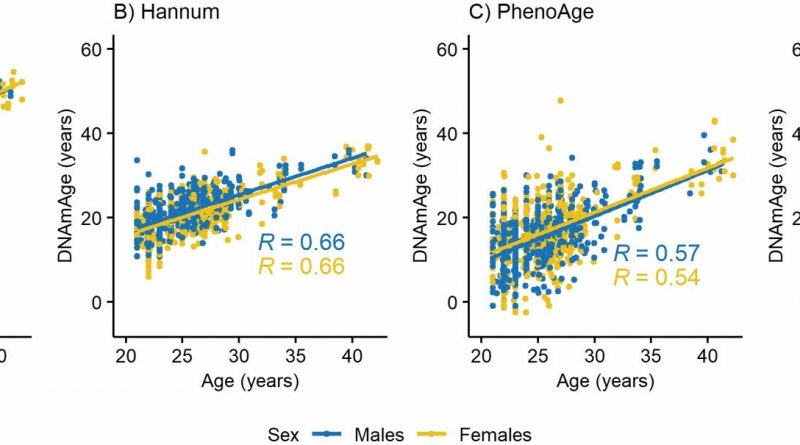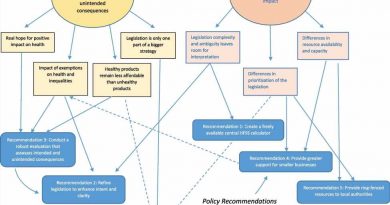Men age faster than women, but the younger generation is closing the gap

In the Western world, life expectancy rapidly increased in the twentieth century, but women still have longer life expectancy than men. In Finland, women live on average five years longer than men. The gap between the sexes was greatest in the 1970s, when life expectancy at birth was almost 10 years higher for women than for men. However, in recent decades, this gap has gradually narrowed. The difference between the sexes can also be seen in biological aging, as revealed by a study recently published in The Journals of Gerontology: Series A.
The study investigated whether there are differences in biological aging between men and women and whether the potential differences can be explained by lifestyle-related factors. These differences were investigated in young and older adults.
Several epigenetic clocks were used as measures of biological aging. Epigenetic clocks enable studying lifespan-related factors during an individual’s lifetime. They provide an estimate for biological age in years using DNA methylation levels determined from a blood sample.
“We found that men are biologically older than women of the same chronological age, and the difference is considerably larger in older participants,” says Anna Kankaanpää, doctoral researcher at the Gerontology Research Center and the Faculty of Sport and Health Sciences.
More frequent smoking among men explained the sex gap in aging in older but not in young adult twins. In addition, men’s larger body size explained a small part of the sex gap in both age groups.
“We observed a sex difference in aging pace, which was not explained by lifestyle-related factors,” says Kankaanpää.
“In our study, we also used a quite rare study design and compared aging pace among opposite-sex twin pairs. A similar difference was also observed among these pairs of twins. The male sibling was about one year biologically older than his female co-twin. These pairs have grown in the same environment and share half of their genes. The difference may be explained, for example, by sex differences in genetic factors and the beneficial effects of the female sex hormone estrogen on health,” Kankaanpää says.
The results help to understand lifestyle behaviors and sex differences related to biological aging and life expectancy. The results suggest that the decline in smoking among men partly explains why the sex gap in life expectancy has narrowed in recent decades.
Source: Read Full Article



